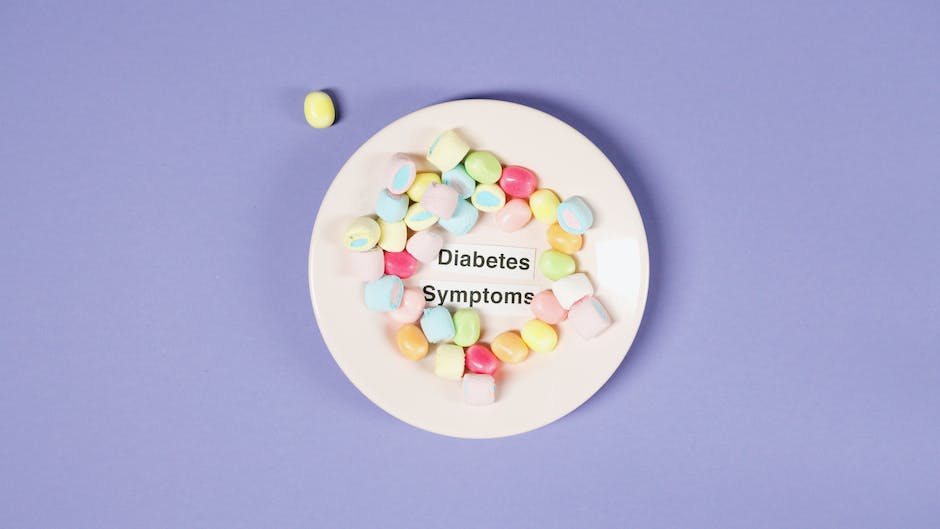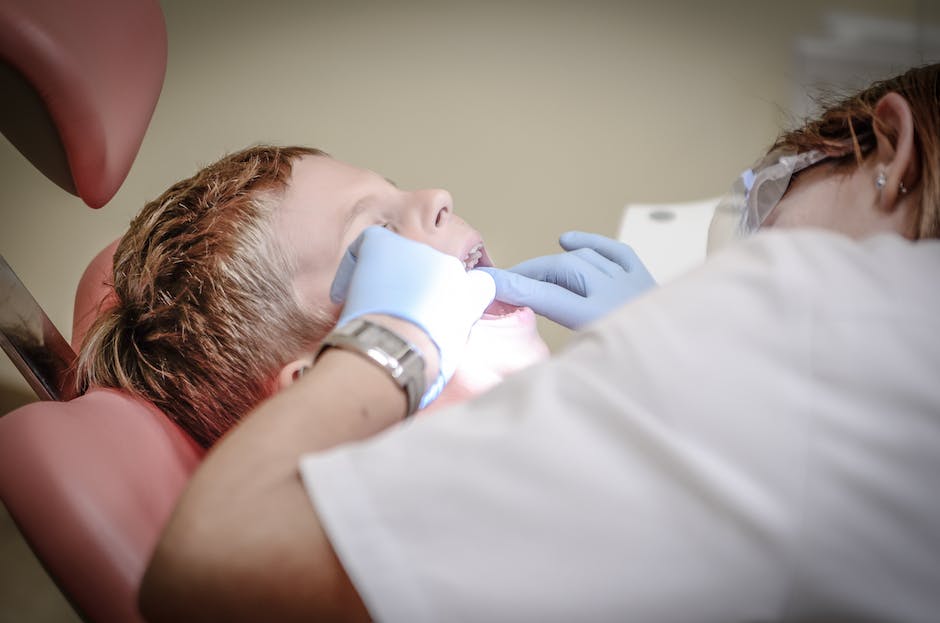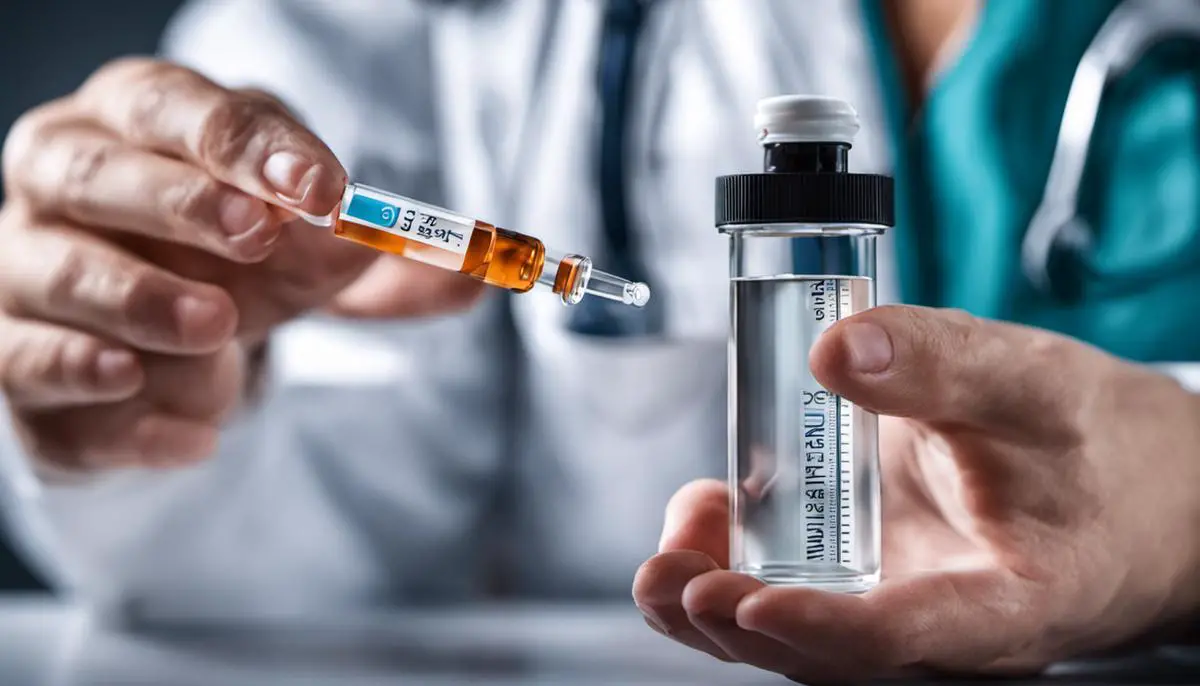Diabetic Ketoacidosis, more commonly known as DKA, is a serious medical condition that often manifests in individuals living with diabetes. With potentially life-threatening implications, understanding the underlying causes, symptoms, and treatments associated with DKA is critical for those susceptible to it. This knowledge not only helps in early diagnosis but also significantly contributes to the effective management and prevention of the condition. This article offers a comprehensive understanding of DKA, discussing everything from its signs to its treatment protocols, further underlining the importance of staying informed to safeguard one’s health.
What is DKA?
What is DKA?
DKA is an acronym for Diabetic Ketoacidosis. It’s a severe complication that can occur in people with diabetes, generally those with type 1 diabetes, but it can occasionally affect individuals suffering from type 2 diabetes. DKA is often the first sign of type 1 diabetes in those who are unaware they might have this lifelong condition.
Causes of Diabetic Ketoacidosis
DKA happens when the body’s insulin levels are low and, consequently, can’t move sugar – also known as glucose – from the bloodstream and into cells where it’s needed for energy. Consequently, the body burns fat instead. That process produces ketones, which build up in the blood and urine. High levels of ketones are poisonous to the body, leading to diabetic ketoacidosis if left untreated.
Signs and Symptoms of DKA
The symptoms of DKA can develop quickly, often over 24 hours. The signs may include thirst or a very dry mouth, high blood glucose levels, high levels of ketones in urine, frequent urination, dry or flushed skin, nausea or vomiting, abdominal pain, difficulty breathing, a fruity breath odor, and confusion or difficulty paying attention. Severe DKA can lead to coma or even death if not immediately treated.
Risk Factors for Diabetic Ketoacidosis
People with type 1 diabetes are more susceptible to DKA. Factors that can trigger DKA include illness or infection, inadequate insulin therapy, heart attack, physical or emotional trauma, drugs or alcohol, certain medications such as corticosteroids and some diuretics, hormonal changes during menstrual periods, pregnancy, or underlying health disorders which interrupt normal insulin production. DKA can also occur in individuals with type 2 diabetes under certain conditions, although it’s less common.
Potential Long-term Effects and Complications of DKA
Without prompt treatment, DKA can lead to severe dehydration, swelling in the brain (cerebral edema), and complications from low blood levels of potassium. Additionally, it might also cause kidney failure or fatal complications due to low blood sugars and high ketone levels. Multiple episodes of DKA can lead to kidney damage over time.
Understanding Diabetic Ketoacidosis
Diabetic Ketoacidosis, often abbreviated as DKA, is a serious medical condition that frequently occurs in people suffering from diabetes. This condition is more commonly found in individuals with type 1 diabetes but it is not uncommon in those with type 2 diabetes as well. The development of DKA can be traced back to an insufficient production of insulin in the body. When the body lacks the necessary insulin, it automatically starts to burn fat as an alternate energy source, consequently leading to a build-up of acids known as ketones in the bloodstream. If left unchecked, high levels of these ketones can trigger DKA.

Symptoms of Diabetic Ketoacidosis
Effective Treatment and Management of DKA
Dealing with DKA usually requires the adoption of a three-fold strategy – fluid replacement, electrolyte balancing, and insulin therapy. The purpose of fluid replacement is to combat dehydration whilst electrolyte replacement serves to regulate the quantities of crucial minerals within the physical system. Administering insulin therapy helps to subdue the reactions that caused DKA, switching off the body’s fat-burning function. The severe nature of DKA makes it a medical emergency, hence, any person displaying DKA symptoms must promptly seek medical assistance.
Recognizing Symptoms of DKA: High Blood Sugar Levels and More
High blood sugar levels are often the first sign of DKA. Most often, this translates into symptoms such as frequent urination and excessive thirst. As your body lacks the necessary insulin to absorb glucose from your bloodstream, your kidneys try to compensate by filtering more glucose out of your blood, leading to increased urination, followed by extreme thirst as your body tries to replenish lost fluids.
Additional Diabetic Ketoacidosis Symptoms: Nausea, Fatigue, and Breath Changes
Alongside high blood sugar levels, other important symptoms to note include nausea or vomiting, and fatigue. Nausea and vomiting can occur as the body tries to rid itself of excess ketones through the digestive system, while fatigue results from your body’s inability to convert glucose into energy effectively.
Changes in breath odor can also be a symptom of DKA. A fruity-smelling or acetone-like breath odor can often be a sign of excess ketones in your body, indicative of DKA.
Additional Indicators of DKA: Ketone Levels and Regular Monitoring
Constant monitoring of blood glucose and ketone levels can help in early detection of DKA in diabetics. If you notice high blood sugar levels in conjunction with small or moderate levels of ketones, it’s important to contact a healthcare professional immediately. Regular monitoring of glucose and ketone levels, along with understanding and recognizing the symptoms, can go a long way in managing and potentially averting DKA.
Managing DKA: Essential Medical Intervention
While understanding symptoms can help in early detection, DKA is a serious condition that requires immediate medical attention. Individuals experiencing symptoms should promptly seek help from a healthcare professional. Early detection and treatment can greatly improve the chances of successfully managing DKA and reducing the risk of complications.
Diabetic Ketoacidosis, commonly referred to as DKA, is an incredibly serious condition that demands the attention of all individuals with diabetes. Gaining a comprehensive understanding of its signs and knowing when immediate medical attention is needed could prove to be lifesaving.

Diagnosis and Treatment of DKA
Identifying DKA: Spotting Symptoms and Applying Test Procedures
The effective management of Diabetic Ketoacidosis (DKA) relies primarily on its proper diagnosis. This condition is often suspected in patients who exhibit certain symptoms such as extreme thirst, frequent urination, feelings of nausea and bouts of vomiting, aches in the stomach, difficulty breathing, confusion, or out-of-the-ordinary breath that smells fruity, all spurred by the build-up of ketones in the bloodstream.
Doctors and other medical experts confirm a diagnosis of DKA using a range of tests. Blood tests are typically administered first to gauge glucose and ketone levels in the bloodstream. If glucose levels reach beyond 250 mg/dL in conjunction with the detection of ketones in the blood or urine, this is usually a clear symptom of DKA. If necessary, further tests may be required, which could include electrolyte tests, a measurement of blood acidity (the pH test), or analysis of the patient’s urine.
Importance of Prompt Medical Intervention in DKA
DKA is a severe condition, and without prompt management, it can result in serious complications like kidney damage, cerebral edema (brain swelling), cardiac arrest, and even death. Therefore, immediate medical intervention is essential once DKA is suspected or diagnosed. Typically, patients with DKA are treated in the hospital, although mild cases can sometimes be managed at home under the direction of a healthcare provider.
Comprehending DKA Treatment: A Trio of Fluids, Electrolytes, and Insulin
The standard procedure for managing DKA is an insightful blend of fluid replenishment, electrolyte adjustment, and insulin intervention.
Fluid resupply is conducted to offset the dehydration triggered by elevated amounts of blood glucose. Fluids are provided usually orally or via intravenous therapy (IV) to assist in the elimination of surplus glucose and ketones from the circulatory system.
The replenishment of lost electrolytes is important since the condition disrupts the body’s normal electrolyte balance. When the body’s insulin is deficient, the kidneys rid the body of more electrolytes such as sodium, potassium, and chloride—these must be recovered in order to maintain the efficient functioning of the heart and muscles.
Insulin application serves to counteract the processes that instigated DKA. Insulin stops fat from breaking down into ketones and promotes glucose uptake into the cells, thereby reducing high blood sugar levels. It’s ordinarily administered via IV until the patient’s glucose levels are stable.
The principal aims of treatment are the reestablishment of balance between insulin and counteracting hormones, as well as correcting fluid and electrolyte disruption. Treating the underlying trigger, whether it be an infection or inappropriate insulin implementation, also forms an integral part of the treatment strategy.
Close monitoring is equally vital during treatment to ensure the steady decrease in blood glucose levels and to prevent risky changes in electrolyte levels. This process often necessitates hospitalization—particularly in more severe instances—for meticulous monitoring by a medical team.

Prevention and Management Strategies for DKA
Delving Deeper into DKA
Diabetic ketoacidosis (DKA) is a severe, potentially fatal complication seen in diabetic patients, often triggered by pronounced deficiency of insulin—a hormone crucial for the body’s utilization of glucose for energy. DKA can set in quite rapidly, usually within the space of 24 hours, primarily affecting people with type 1 diabetes, though it can also be experienced by some type 2 diabetes patients.
Preventing DKA
The prevention of DKA involves a multifaceted approach, primarily focusing on maintaining blood glucose levels within a normal range, ensuring proper diet and exercise, and effective medication management. It is necessary for diabetic patients to regularly monitor their blood glucose levels and adjust their insulin dosage as recommended by healthcare professionals.
Diabetics should maintain a healthy, balanced diet as it can help stabilize blood glucose levels. In addition, doing regular exercise can increase insulin sensitivity and help keep glucose levels in check.
Educating oneself about DKA and its warning signs is important so that you can better recognize this condition’s symptoms and take immediate action. Symptoms of DKA include intensely thirsty, frequent urination, feeling very tired, having high blood glucose levels and having high levels of ketones in the urine.
DKA Management
When it comes to managing DKA, early recognition and treatment of potential triggers are key. For instance, illnesses or infections can lead to increased production of stress hormones, which in turn, increases blood sugar levels. Therefore, those with diabetes should regularly check blood glucose and ketone levels during illness, if recommended by a healthcare provider.
If DKA signs are present, immediate medical attention should be sought to prevent severe complications. The diabetic’s healthcare provider may adjust insulin dosage or recommend other medications to help decrease ketone and blood glucose levels.
It’s equally important not to skip meals or insulin injections, as these actions can lead to high blood glucose levels. In severe cases of DKA, hospitalization might be necessary where insulin can be administrated, fluids and electrolytes can be balanced, and the cause of DKA can be treated.
Role of Healthcare Providers in DKA Prevention and Management
Healthcare providers play a vital role in educating patients about diabetes and its potential complications, including DKA. They are involved in guiding patients on how to manage their blood glucose levels, how to administer insulin, and how to adapt lifestyle behaviors aimed at risk reduction. Regular healthcare visits are also essential to monitor diabetes control and make necessary medication or lifestyle modifications.
In conclusion
Preventing and managing DKA involves regular monitoring of blood glucose and ketone levels, taking prescribed medications consistently, maintaining a healthy diet and regular physical activity, and working closely with healthcare professionals.

Maintaining an organized and proactive approach towards one’s health is paramount, especially when dealing with conditions like diabetes which can potentially lead to DKA. Constant vigilance, timely intervention, and a sound understanding of the nature of this health concern can make a significant difference in the quality of life for an individual with diabetes. Remember, knowledge is the first line of defense and being well-informed about conditions such as DKA can empower people to live healthier and longer lives. It’s not only about managing a condition but about actively taking strides for its prevention and ensuring better overall health.
